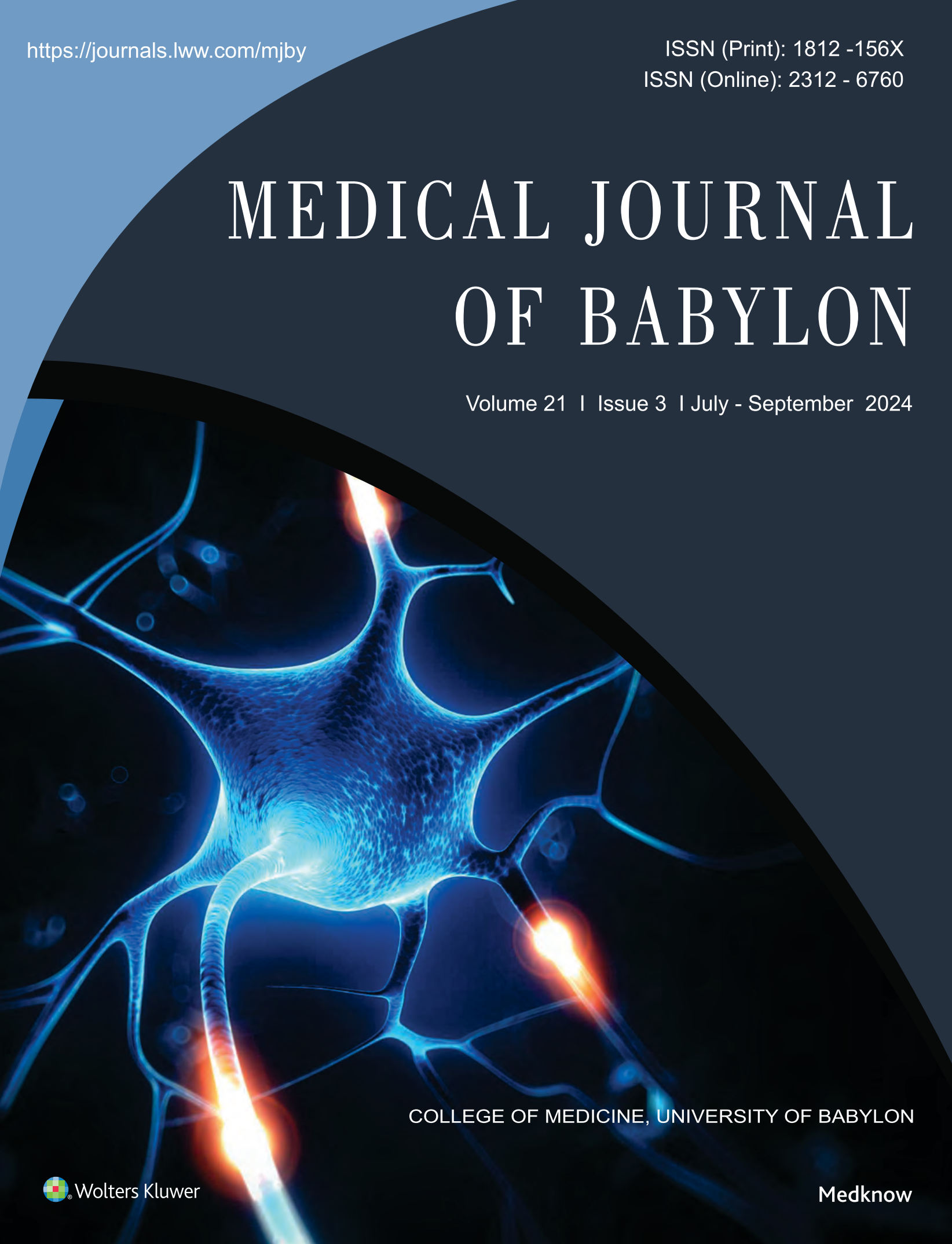Abstract
Background: Platelet‑rich plasma (PRP) has been employed widely in dental and oral surgery. However, there is considerable debate about
its effect on wound healing and inflammatory response. Materials and Methods: PubMed, Google Scholar, Scopus data base, and manual
search were performed to find out articles on the use of PRP in dental and oral surgery using keywords such as PRP , oral surgery, dental
surgery, lower wisdom teeth, periodontal pocket, dental implant, tooth socket preservation, dry socket, cystic lesion, and ridge augmentation.
These articles discussed the use of PRP (after surgical removal of wisdom teeth, treatment of periodontal pocket, ridge preservation, implant
stability, prevention of dry socket, treatment of bony defect after cystic removal, and ridge augmentation). Results: Twenty‑seven articles
were found on the usage of PRP in dental and oral surgery. Six articles on the use of PRP after surgical removal of lower wisdom teeth,
five articles in the treatment of periodontal pocket and implant stability, four article in ridge preservation, three articles in prevention of dry
socket and two articles on the use of PRP after cystic removal and ridge augomentation. Conclusion: PRP enhanced bone regeneration and
soft‑tissue healing aftery lower wisdom tooth surgery. It decreased the depth of periodontal pocket, maintained implant stability, preserved
ridge height and prevented dry socket. However, PRP had no effect on pain, swelling, and bleeding. There is no justification for the impact
of PRP on bone augmentation and healing of bony defect after cystic removal of the jaws. More studies should be carried out to support the
usage of PRP in oral and dental surgery.
its effect on wound healing and inflammatory response. Materials and Methods: PubMed, Google Scholar, Scopus data base, and manual
search were performed to find out articles on the use of PRP in dental and oral surgery using keywords such as PRP , oral surgery, dental
surgery, lower wisdom teeth, periodontal pocket, dental implant, tooth socket preservation, dry socket, cystic lesion, and ridge augmentation.
These articles discussed the use of PRP (after surgical removal of wisdom teeth, treatment of periodontal pocket, ridge preservation, implant
stability, prevention of dry socket, treatment of bony defect after cystic removal, and ridge augmentation). Results: Twenty‑seven articles
were found on the usage of PRP in dental and oral surgery. Six articles on the use of PRP after surgical removal of lower wisdom teeth,
five articles in the treatment of periodontal pocket and implant stability, four article in ridge preservation, three articles in prevention of dry
socket and two articles on the use of PRP after cystic removal and ridge augomentation. Conclusion: PRP enhanced bone regeneration and
soft‑tissue healing aftery lower wisdom tooth surgery. It decreased the depth of periodontal pocket, maintained implant stability, preserved
ridge height and prevented dry socket. However, PRP had no effect on pain, swelling, and bleeding. There is no justification for the impact
of PRP on bone augmentation and healing of bony defect after cystic removal of the jaws. More studies should be carried out to support the
usage of PRP in oral and dental surgery.
